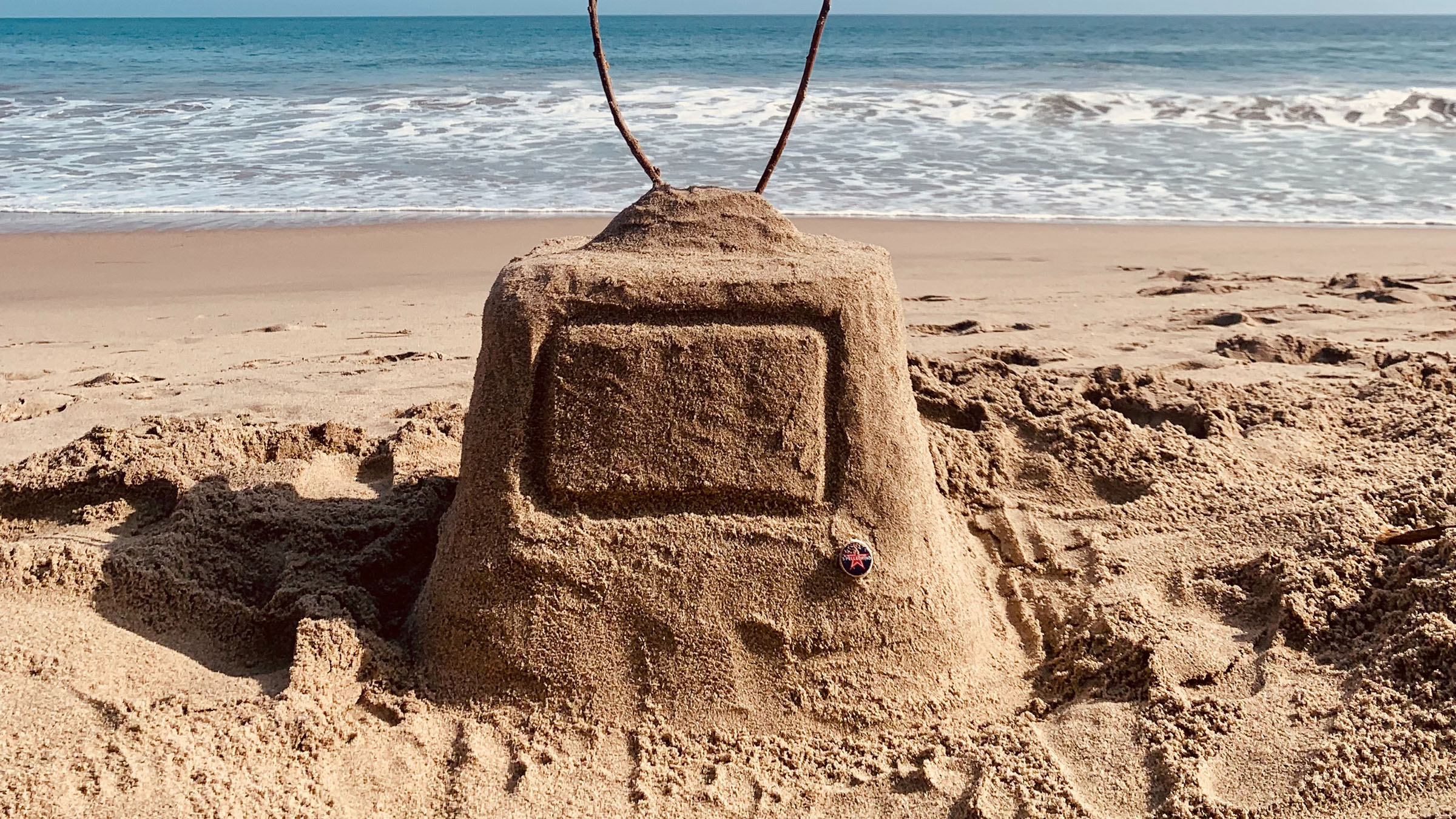Traditionally, summer is a quiet time for TV – after all, it’s tough to get people to stay indoors when the sun is shining, right? Not so fast! The hotter months have become the prime time for TV in recent years, with the biggest names in broadcasting and streaming now choosing to launch their latest series between and August. Let’s look at how this happened, and why it might be the best thing for home entertainment.
The Old Ways
Traditionally speaking, TV ‘seasons’ were dictated by the customs of broadcast television in the United States, and so typically ran during the northern hemisphere winter. The biggest shows would usually debut somewhere around September and come to an end during the spring. A great example of this is sitcom classic Friends, which always aired between September and May. The Sopranos and Seinfeld also stuck to the colder months. This wasn’t restricted to the US, however: most episodes of the UK version of The Office and Danish thriller The Bridge launched new seasons in the winter months in their home countries.
Unlike cinema, where the most anticipated films fight for people’s attention from late May through August, those months were saved for TV shows that networks wanted to test out, or which were viewed as too much of a risk to place in a premium slot. HBO initially put The Wire in this space, only to revert to the winter months as its popularity grew.
Summer Blockbusters
Slowly but surely, a shift has occurred in the last few years. Shows that might have debuted in the dead of winter are arriving in the summer, with all the fanfare and hype of a major cultural event. What comes to mind when you consider 2022’s biggest shows, the ones that had everyone talking? Are you thinking of House of the Dragon? Stranger Things? The Bear? All of these hits either debuted or ran their most anticipated seasons during the summer of 2022, backed by hype that suggests the aim was to deliberately put them on the biggest stage possible.
It doesn’t stop there. 2023’s juggernauts include the Marvel miniseries Secret Invasion, with Samuel L Jackson and Emilia Clarke, and the return of Selena Gomez’s comedy smash Only Murders in the Building, as well as …And Just Like That, the Sex and the City sequel series. All huge shows that will be expecting millions to tune in, no matter how hot it gets outside.
The Freedom Of Streaming
So, what’s changed? Obviously, the rise of streaming services has caused a seismic shift, but it’s more than simply a change in technology. Culturally, it used to be woven into our social calendar to stay in to catch our favourite shows, or at the very least remind ourselves to record them. Streaming has changed that, and not just the major subscription services. Most major networks around the world have some kind of ‘catch up’ on-demand service, which has made our favourite shows much more accessible and easier to fit into our busy schedules.
Whereas the best chance to get a lot of viewers to watch the same thing used to be to air it during the colder months when people are cocooning indoors, now audiences can catch programming any time, anywhere: on the way to work, on your lunch break, in between classes (or during them – don’t worry, we won’t tell!). The expansion of ways and places you can watch TV shows has meant the old rules no longer apply, and so different social protocols have arisen around tuning in to the next big episode.
Getting Everyone Talking
As the location of the screen is no longer limited, summer – with school holidays, family breaks and lazy-day downtime – has become the perfect season for watching those buzzworthy shows. You can catch the latest episode on-demand before meeting friends to share in the drama, or let them know what they’re missing out on! Whether it’s having drinks with friends, going for dinner or meeting up in the park, digesting the drama with other people is a part of the viewing experience.
Indeed, word of mouth has become a big factor in deciding which shows continue into further seasons, as the abundance of choice means audiences have never had more power to vote with their remotes. Summer is the main season for socialising with friends and family, so it stands to reason that the new way to generate buzz for a huge show is to debut it when we are at our most interactive.
This goes double for the relatively recent phenomenon of binge-watching, where viewers devour large chunks – or even an entire season – of a show in one sitting, and have several hours’ worth of emotions built up to release in conversation with others who’ve done the same.
Yes, social media platforms like Twitter have their place, but there’s nothing like a recommendation from a good friend. Just ask Yellowjackets, the dark American drama that gained a large following through word of mouth, despite its grisly themes. Having premiered in the winter, the second season was shifted to summer to capitalise on the growing fanbase.
A Global Audience
Finally, TV shows have a lot more to think about in terms of what “audience” means. Original shows can debut to potentially millions, if not billions, of people around the world, and just as artists in other industries battle it out to have the movie or music hit of the summer, so too can a TV show unite large swathes of the population under a shared love for a show.
The best person to ask about this would be Joseph Quinn, who went from an unknown character actor to global superstar overnight with his performance as Eddie Munson in Stranger Things. The show debuted in late May, and by July, the British actor was in Chicago serenading thousands on stage with Metallica (a reference to his character’s exploits in the show).
The series made such an impact stateside, Quinn revealed on a talk show that his association with the character even got him through customs at the airport (“[The passport officer] was like, ‘Do you come back next season?’” he told Jimmy Fallon. “And I said, ‘I don’t know,’ and he was like, ‘You better’”). It’s not just in America, however: the shy star became a guest of honour at comic cons in the UK, Germany, France and beyond, selling out venues with his popularity.
The shift to summer has been an organic phenomenon, but one that shows are eager to capitalise on. Big summer campaigns, ordinarily seen for films, are revealed all over the world for people to photograph and share on their media feeds. House of The Dragon was on the streets promoting with signs ‘melted’ by dragon fire in Brazil, or putting dragon eggs on the beaches of Australia. It’s a cool sight for the locals, sure, but it’s also a sign of how major TV events can have a global impact, as people from around the world see pictures of the stunts.
So yes, the way TV works has changed, but the most decisive factor in what makes summer the hottest time for the biggest TV shows is the way we choose to consume them. We still huddle around a TV for the blockbuster events, but we also make new discoveries while lying on a hotel sunbed, or waiting for the train to arrive, or soaking in the tub. Entertainment works for us, and that’s the real reason why we’ve seen a shift toward those must-see moments being released at a time when we can experience them together.














Sorry, the comment form is closed at this time.